Simon Bainbridge, editorial director of the British Journal of Photography, picks out the projects that most caught his eye in 2018 – including The Anarchist Citizenship, a collaboration between Nadine Stijns, Amal Alhaag and Mustafa Saeed
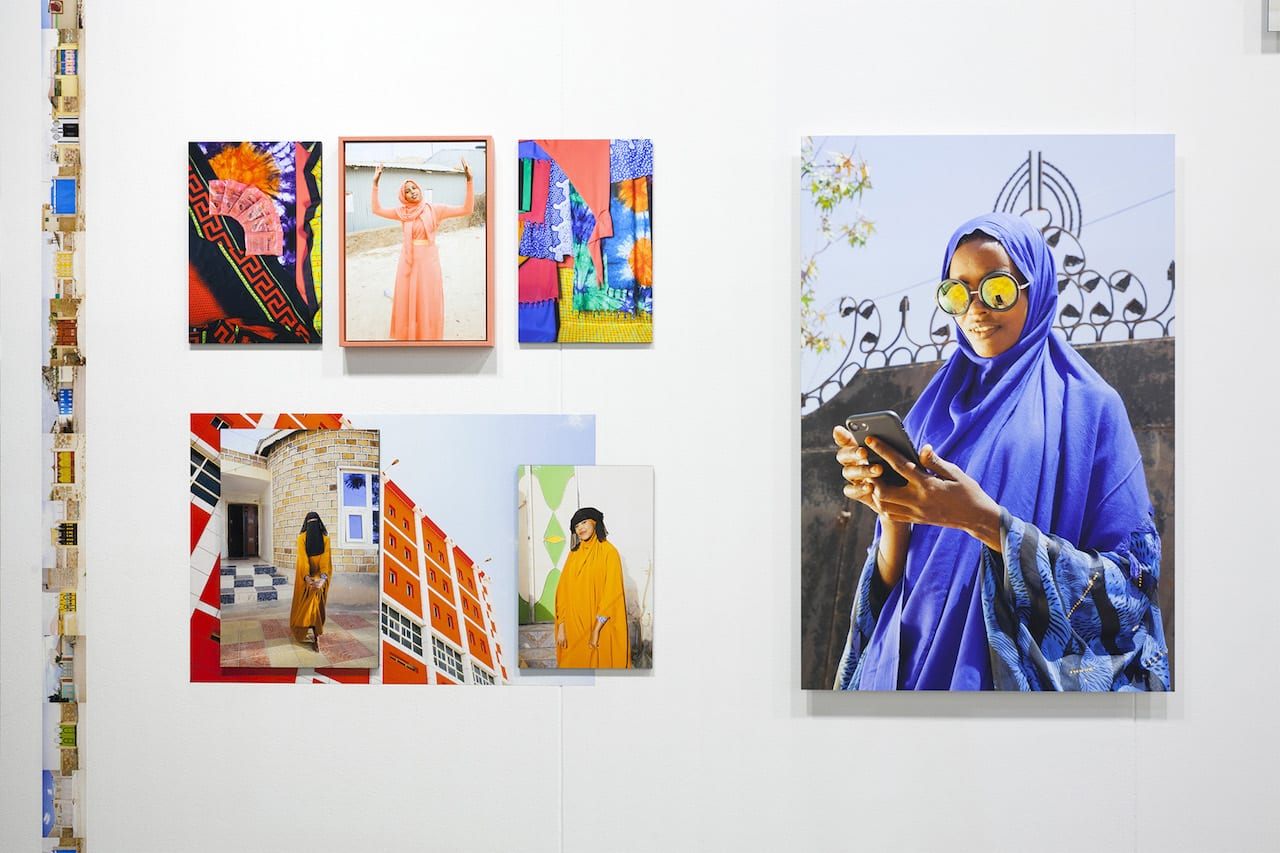

Simon Bainbridge, editorial director of the British Journal of Photography, picks out the projects that most caught his eye in 2018 – including The Anarchist Citizenship, a collaboration between Nadine Stijns, Amal Alhaag and Mustafa Saeed

When William Henry Fox Talbot pioneered the salted paper and calotype processes in 1841, he soon turned his new inventions to food, capturing two baskets overflowing with fruit. Creating an image designed to mimic the paintings of the time, and to contrast the colours and textures of the pineapple and peaches, he also made an image rife with welcoming symbolism – the pineapple a sign of hospitality, the peach a sign of fecundity.
“Fox Talbot’s photograph was copying the traditions of painting and its attendant symbolism,” says photography curator and writer Susan Bright. “But it was also concerned with the role of photography, and elevating its status to that of art. In this respect it resonates nicely with artists such as Daniel Gordon, whose work also deals with the medium of photography. But his constructed pineapple has nothing to do with symbolism, or striving to be understood as art. It is art. He is questioning the role of visual perception, what is real and what is not.
“The way food is photographed says a tremendous amount about significant aspects of our culture,” Bright continues. “It is often about fantasy, be that national, sexual or historical. Photographs of food are the carrier for so many things – desire, consumption, taste, immigration and feminism, for example. It has been a major part of the development of fine art, editorial, fashion, marketing and product photography throughout the 20th and 21st century.”
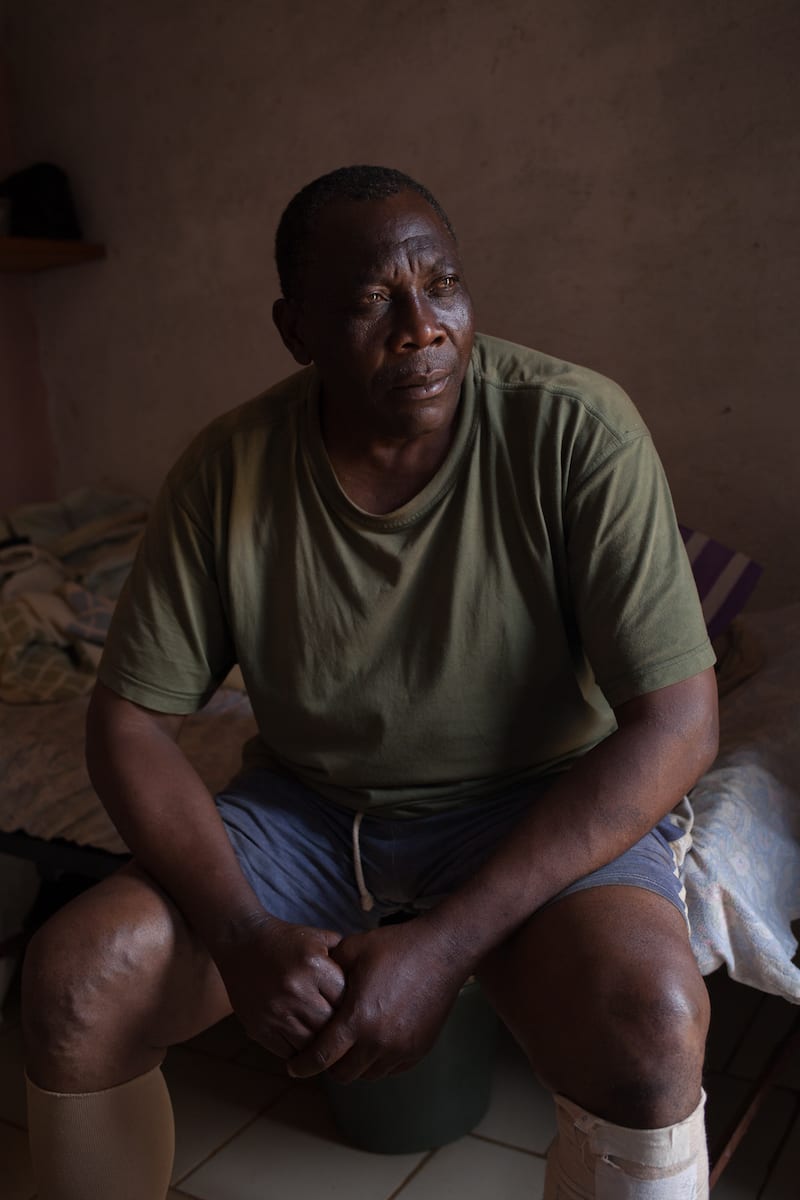
Adrienne Surprenant’s portraits of patients at a wound hospital in western Cameroon seek to remove the stigma of chronic wounds
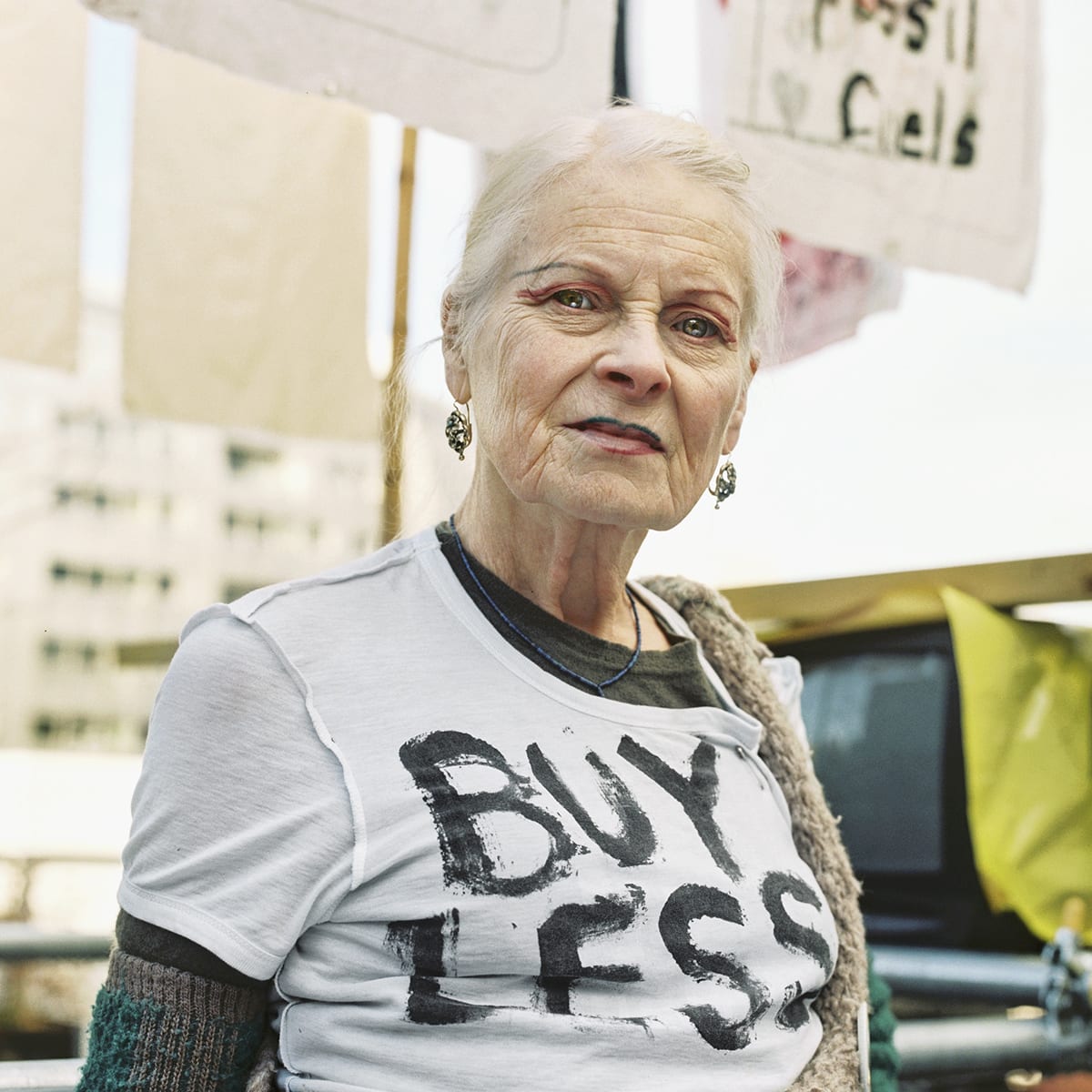
A hairdresser, Vivienne Westwood and an 87-year-old activist: a photographic series that tells the stories of those for and against the controversial practice

Three-time World Press Photo winner Lu Guang has been detained by national security offices during…
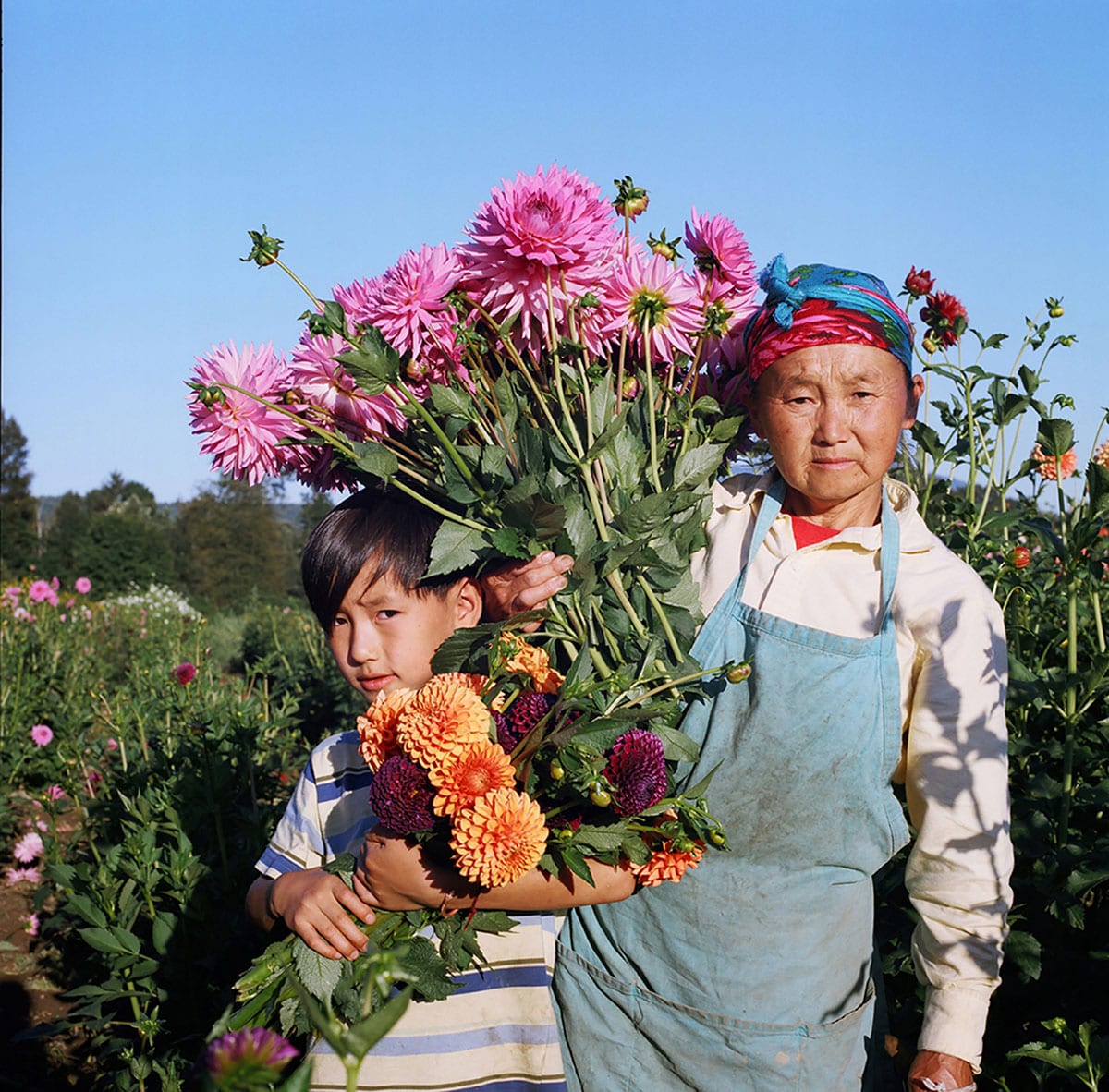
US-based photographer Anna Mia Davidson was voted as our People’s Choice Winner, after The Guardian…
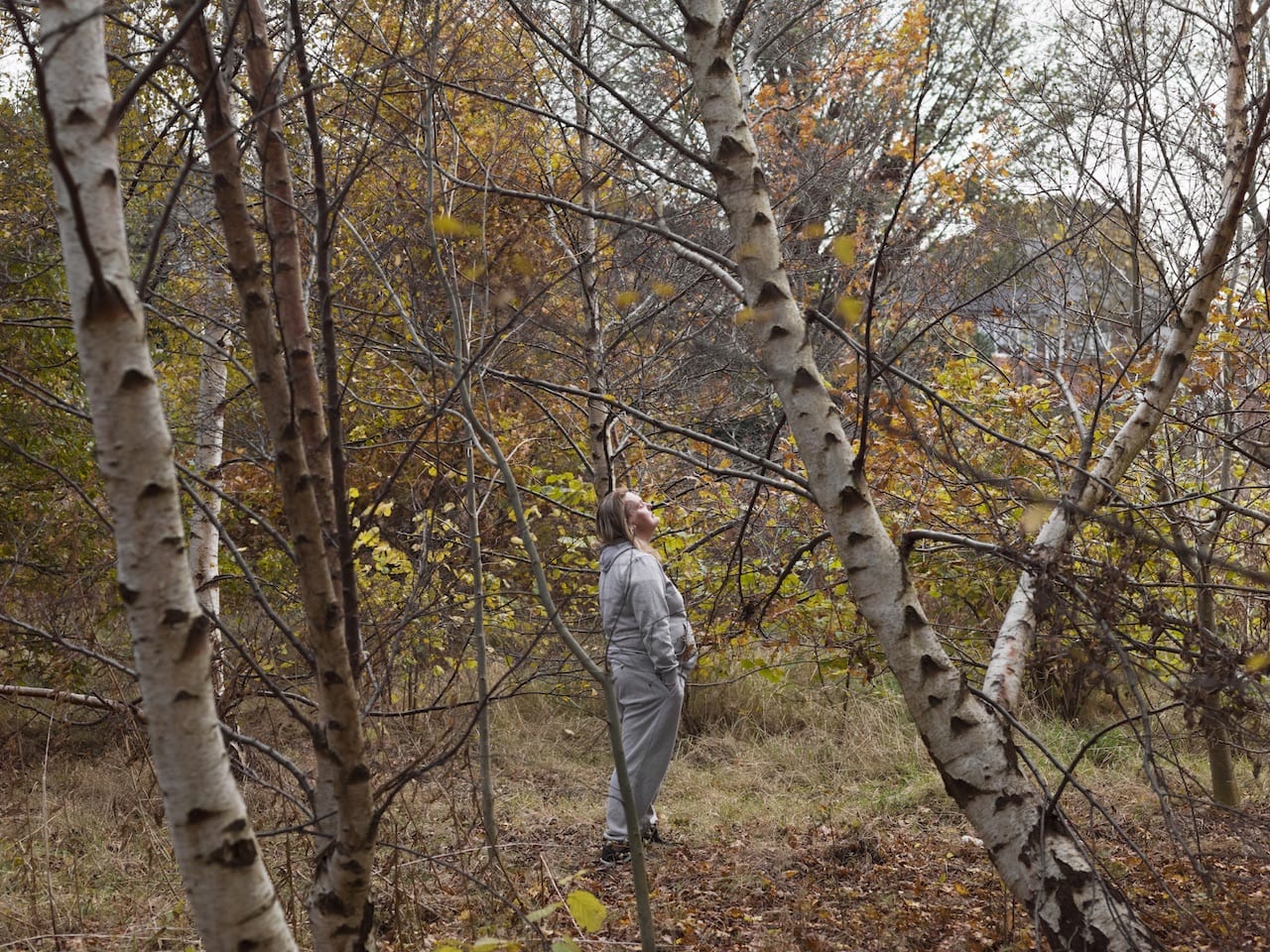
It is estimated that 7% of the prison population in the UK has a learning disability, compared to around 2.2% of the general population. A study by Prison Reform Trust in 2008 found that people with learning disabilities are seven times more likely to come into contact with the police, five times more likely to be subject to control and restraint, and three times more likely to suffer from anxiety or depression, and spend time in solitary confinement.
These numbers are estimates rather than straight statistics because there is no system in place to screen, identify, and record whether a prisoner has a learning disability. In a research paper from 2005, psychologist John Rack estimated that around 20% of prisoners have some form of “hidden disability” which affects their performance in education and work settings. It’s worryingly disproportionate, and it begs the question – if prisons don’t have systems in place to even identify these people, how can they begin to give them the support they need to survive in a prison environment?

An international jury, comprised of Rein Desle, curator and editor at FoMu Photo Museum Antwerp;…
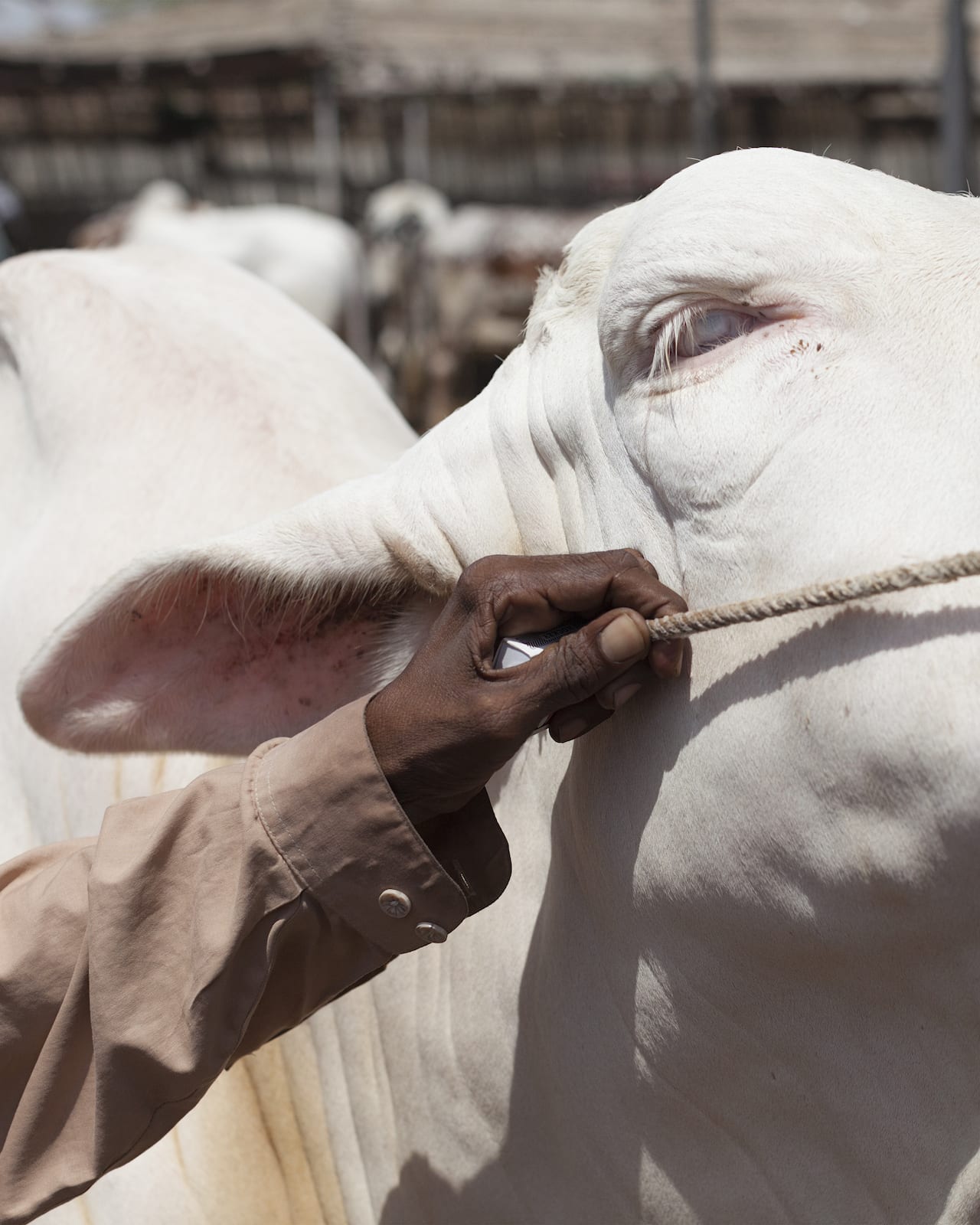
For the majority of his childhood in South Birmingham, Mahtab Hussain was harassed for the colour of his skin. Constantly pestered by children at school, he was even heckled on the street by strangers yelling out their car windows. “I didn’t really see my own colour as a problem, but for 10 years of my life it became a huge issue,” he says.
The title of his new book, Going Back Home To Where I Came From, is inspired by the racist insults he endured growing up. The project is a document of his trip to Kashmir in 2016, where he spent three weeks in his mother’s rural hometown, Kotli.

70 years ago, on 22 June 1948, HMT Empire Windrush anchored at Tilbury Docks, Essex, carrying 492 men, women, and children from former British Caribbean colonies, who came to be known as the “Windrush generation”. They crossed the Atlantic in response to Britain’s post-war labour shortages, and are now recognised to have transformed vital parts aspects of British society. Amid the recent scandals surrounding the mistreatment of the Windrushers by the Home Office, Jim Grover’s Windrush: Portrait of a Generation seeks to give a more intimate insight into the lives of one community of Caribbean migrants – and their families – who made a corner of South London their home. On show at gallery@oxo until 10 June, the exhibition doesn’t specifically address current issues, but Grover hopes it will help celebrate a group which “truly deserves our respect and admiration”.